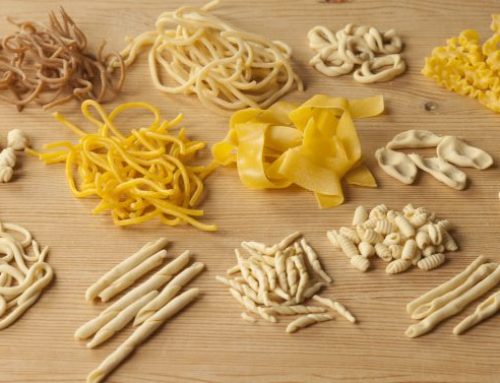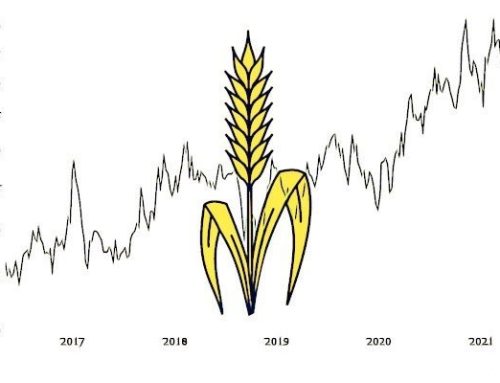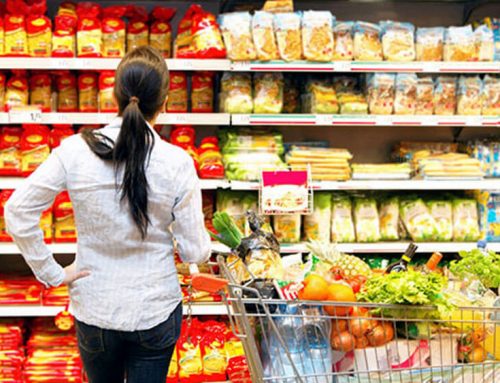Wheat is quality, but prices drop. Interview with President Margherita Tomasello
The winter drought on the Alte Madonie also helped to boost the production of wheat grown organically
Wheat is quality, but prices drop
Yields have risen: 40-50 quintals per hectare. Revenues plummet: 26 cents per kilo
A positive and above-average year for Madonie wheat. This time the winter drought has helped to revive the fortunes of durum wheat, which has been threshing in recent weeks. The absence of rains in January, combined with some rainfall that arrived at the right time in the following months, raised yields compared to a year ago, bringing them above the levels recorded in the recent past. Furthermore, according to a first estimate, the quality is excellent, but the price knot remains which has fallen compared to a year ago. The data collected by the CIA Western Sicily show a yield varying between forty and fifty quintals of durum wheat per hectare in the Alte Madonie area, with peaks of seventy quintals in the Tremonzelli district. In the same area, the yield of wheat grown organically is around thirty, thirty five quintals, always per hectare. A big leap forward, numerically, compared to a year ago when – based on data released by Istat – in the eighty thousand hectares of land cultivated with durum wheat in the province of Palermo the yield was twenty-six quintals, for a total of 2.1 million quintals collected. “We expect the market to offer our wheat producers a price that will allow them to recover the big losses of the last two years,” commented Antonino Cossentino, president of the CIA Western Sicily. ≪We ask the Region – added Cossentino – to keep our guard high on the flows of wheat of dubious origin and of dubious quality that arrive in Sicily. In addition to placing a product well below the standards of Sicilian durum wheat on the market, the quantities of imported wheat negatively affect the economy of Sicilian producers, exposing them to market risks ≫. In the Madonita area, forage crops have gone more leopard-like. The climate, generous in winter and spring, in the Valledolmo and Petralie area recorded an average of thirty bales of 250 kilos per hectare, something less instead in the other areas. Once the game of quantity and quality has been positively archived, producers now face the usual battle over prices. As every year, on the eve of the threshing, ships with huge quantities of grain landed in Sicily which actually lowered the cost, which from € 31 per quintal went up to € 26, according to Ismea data reported at the end of June. In practice just 26 cents per kilo. In Puglia, where there has been a production drop of forty percent, the price in these days is 31 euros per quintal. For Margherita Tomasello, president of the Sicilian Academy of Pasta as well as vice president of Confcommercio, the defense of Sicilian wheat is fundamental: ≪It was certainly an exceptional year for the quality of our durum wheat – says the entrepreneur whose family was the owner of the homonymous and historic pasta factory – and it would be a real shame if it were not valued. The interests of farmers should be put in the first place by the regional government by blocking once and for all the arrivals of ships with foreign grains that do only the interests of multinationals and large companies by demeaning not only the price but also the quality of the finished product. Today the growing interest by the consumer of a high quality product has determined important efforts by farmers to maintain high standards and the birth of many artisan pasta factories makes us understand how the demand is particularly high because we are looking for quality and territoriality, supply chain short and serious production≫.







Leave A Comment